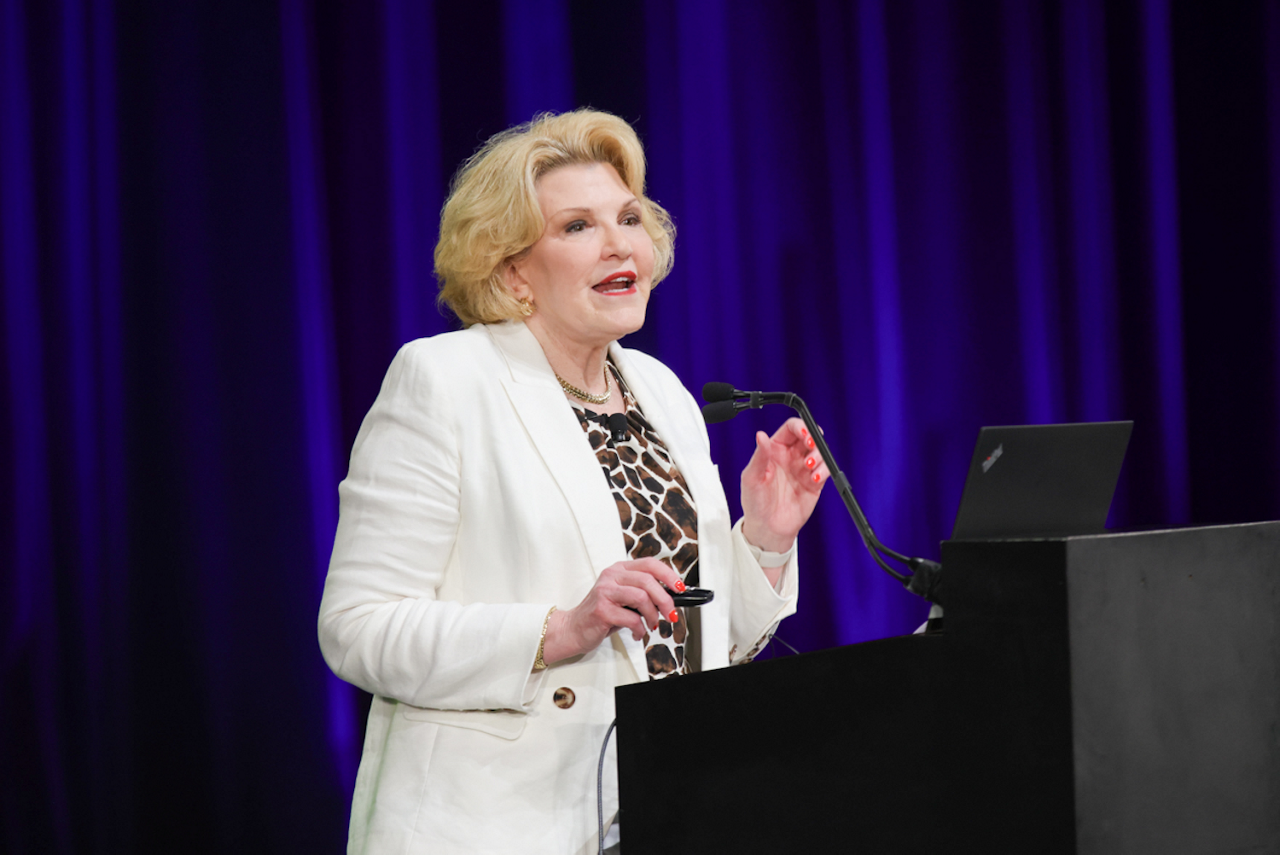SHRM’s BEAM Framework for Inclusion: Aligning Merit with Organizational Excellence
With recent executive orders reshaping diversity, equity, and inclusion efforts, HR leaders face critical decisions in building truly inclusive workplaces.

The national conversation surrounding diversity, equity, and inclusion (DEI) has seismically shifted once again.
President Donald Trump’s executive order to eliminate DEI programs and preferencing in the federal government—along with the rescission of a 60-year-old executive order by President Lyndon Johnson requiring federal contractors to practice affirmative action based on race and gender—has left HR professionals and executives contending with the effects on their organizations’ practices.
However, “it’s clear our collective work on inclusion for all is more important now than ever,” Anuradha Hebbar, president of SHRM CEO Action for Inclusion & Diversity, told tens of thousands of HR professionals during a Jan. 29 SHRM webinar, which is now available to watch on demand for SHRM members. “This is a defining moment for workplaces across the nation, and HR plays a vital role in it.”
The series of executive orders has also reignited dialogue around when inclusion and diversity (I&D) strategies are performative versus when they produce tangible results. This includes how a company defines, strategizes, and implements efficient inclusion efforts within its workforce to build opportunity for those who merit it; maximizes potential for talent; and removes bias for individual and organizational success. SHRM’s new five-point framework, Belonging Enhanced by Access Through Merit (BEAM), offers a forward-looking alternative that shifts the focus from optics to outcomes.
HR Pressure is Rising Under New Executive Orders
HR leaders face critical decisions in building truly inclusive workplaces. As they assess current and future inclusion initiatives, leaders must answer five urgent questions to stay ahead.
Cutting Through Inclusion Confusion
Inclusive practices are often oriented toward the goal of welcoming differences or making employees feel like they belong, but true inclusion efforts go deeper. Research has found that meaningful inclusion ensures people are valued, they have been enabled to use their voice, they have decision-making influence, and they can contribute their best.
Additionally, inclusion doesn’t just contribute to good feelings in the workplace; research has found it’s a driver of better business performance. Inclusive environments boost retention and reduce turnover by improving employee engagement and enhancing team performance fourfold—yet 75% of employees have reported feeling some form of exclusion at work.
However, when inclusion efforts move from concepts to real-world applications, additional questions spring forth:
- What exactly is inclusion?
- What drives or derails inclusion in organizations?
- How should organizations measure inclusion?
- What are the tangible outcomes of an inclusive culture?
SHRM WEBINAR
SHRM Public Policy Discussion: What to Expect from a Trump Administration and a Narrowly Divided Congress
Applying the BEAM Framework
One specific question instigated the development of the BEAM Framework, said SHRM Chief Data and Analytics Officer Alex Alonso, Ph.D., SHRM-SCP: “How do we get people thinking about what makes something legal or not legal?”
The resulting five-question test is “based on prior research that we had done at SHRM about what I&D was effective versus not effective,” Alonso said. "More importantly, how can merit-based programs be implemented in a way that actually creates more opportunity rather than less?”
When reviewing current or potential inclusion-related practices and programs, organizational leaders should answer five questions:
- Anti-Exclusion: Are the program’s opportunities open to all without regard to an individual’s sex, race, or any other protected status?
- Access for All: Does the program generate opportunities to participate based on an individual’s requisite merit, including their existing skills and proficiencies?
- Merit-Driven: Does the program select individuals to participate based on relevant qualifications while accommodating protected medical conditions and religious practices?
- Unbiased and Available Information: Is the availability of the program effectively communicated to all individuals so that participation is truly open to all?
- Skills-First Optimization: Does the program provide opportunities to develop relevant skills, qualifications, and experience for all individuals eligible to participate?
SHRM WEBINAR
Gender & Inclusion: Navigating New DEI Executive Orders
Four core principles laid the foundation to build the BEAM framework:
- Merit as the Primary Lens: Talent identification focuses on measurable skills and performance, using skills-based assessments to eliminate biases and ensure decisions reflect true potential.
- Access Over Identity: Expand recruitment pipelines by partnering with community organizations to access skilled, nontraditional talent from vocational programs, apprenticeships, and upskilling platforms.
- Continuous Calibration: Use performance data and feedback loops to optimize talent management, foster development, and eliminate systemic biases in hiring, retention, and promotion processes.
- Operationalizing Inclusion: Embed inclusion as an operational strategy driven by a skills-first approach, leveraging AI tools to align talent capabilities with business goals while ensuring unbiased decisions.
SHRM WEBINAR
Navigating the Two DEI Executive Orders: Merit-Based Practices and Belonging in the Evolving Policy Landscape
Combined, these principles ensure that talent pipelines reflect potential, not privilege, and lead to stronger teams, greater innovation, and sustainable growth.
“Both federal and private-sector HR professionals play a critical role in fostering inclusion,” said SHRM CHRO Jim Link, SHRM-SCP, during the Jan. 29 webinar. “While federal directives narrow the scope of DEI initiatives, organizations can still create environments where access, opportunity, and merit drive success.”
Are you a BEAM-ready leader? Test your understanding of the SHRM BEAM Framework by taking this quiz and using the SHRM BEAM questionnaire as an assessment tool to align your current I&D strategies with the recent DEI executive orders.
An organization run by AI is not a futuristic concept. Such technology is already a part of many workplaces and will continue to shape the labor market and HR. Here's how employers and employees can successfully manage generative AI and other AI-powered systems.



